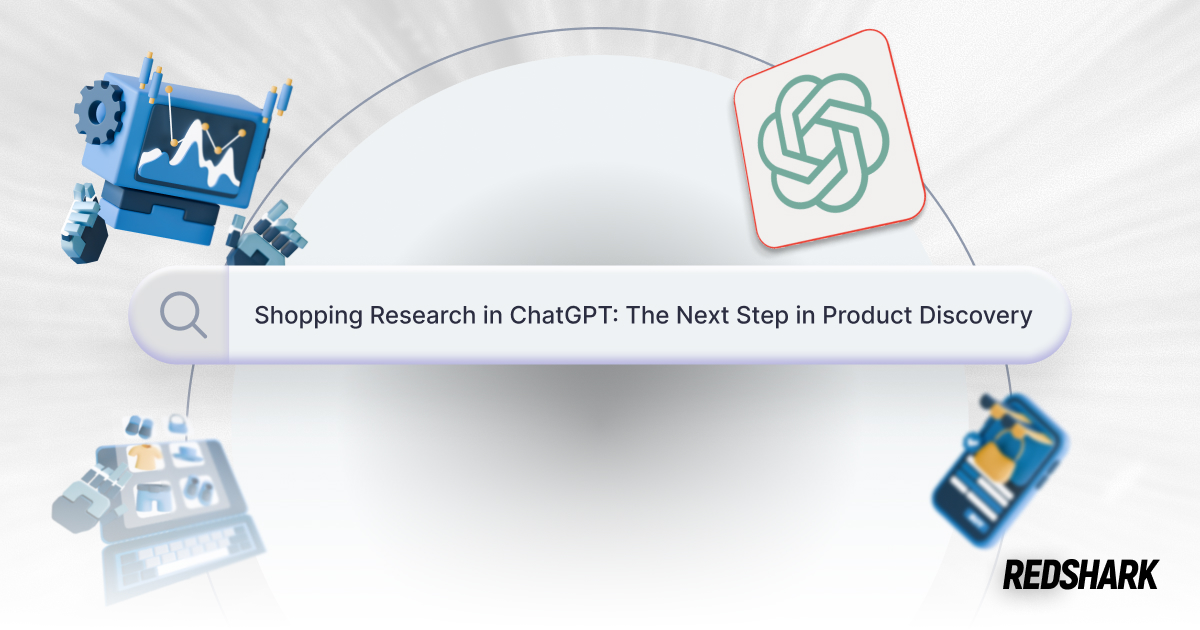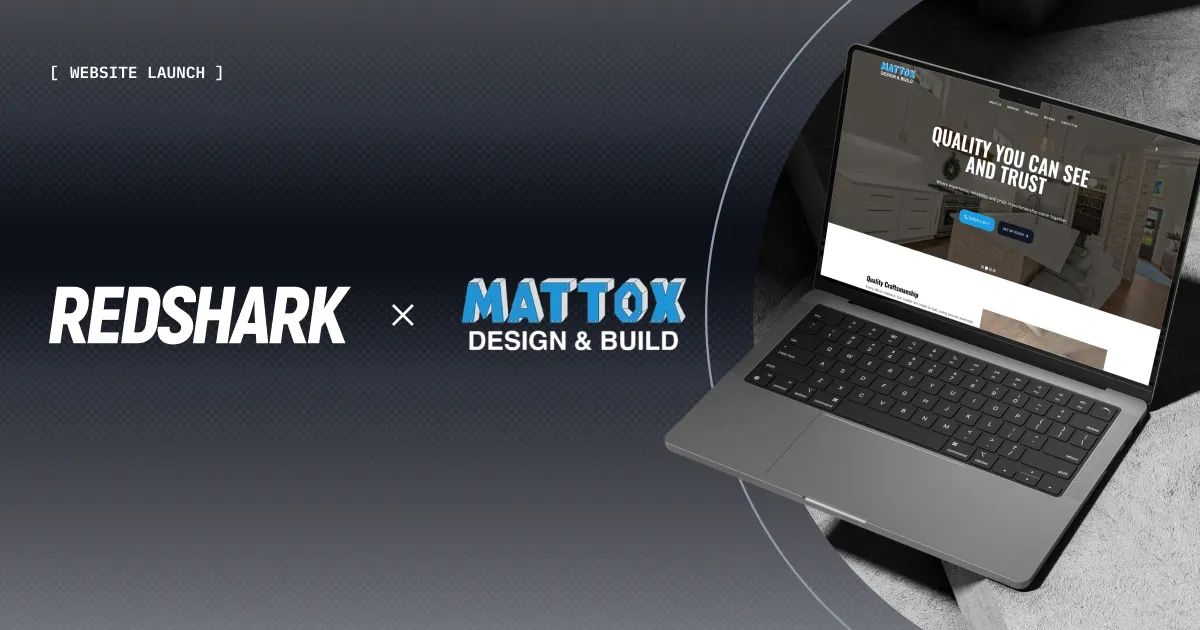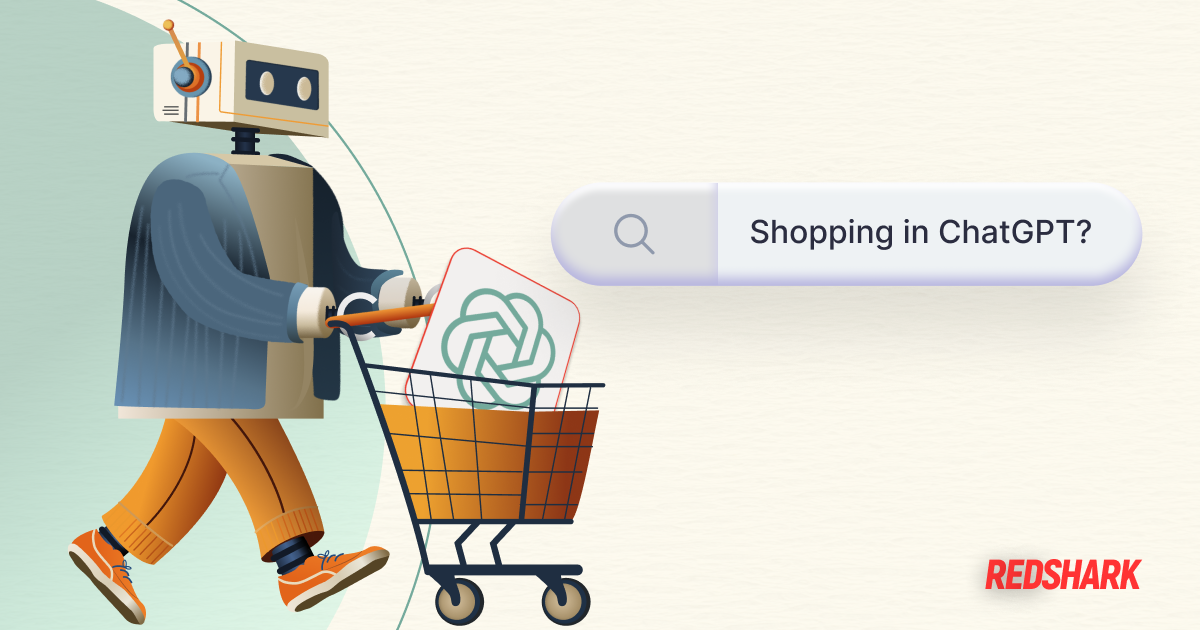
How Do I Integrate Shopify and Facebook
How Do I Integrate Shopify and Facebook
Featured & Recent Articles
How Do I Integrate Shopify and Facebook

Shopify
Shopify offers e-commerce solutions that are helpful to online stores. It started in 2006 and since then has become popular among most who use it.
On your store’s Shopify page, you have a home page as well as other selections. These include an orders page, products page, customers page, reports page, and a discounts page. After navigating through each of these to become more familiarized with all Shopify offers your online business.
You can start specifying how you want your online store to appear.
In the middle of the home page under “get your store ready for search engines,” click on the “edit your online store information” button. After this, the page will load. Type in your homepage title, meta, and paste your Google Analytics tracking code. Then, you will be tracking data that helps you with your marketing decisions. You will also have the ability enter your Facebook pixel and will be required to give your page a password. Inside reports, you can check finances and get custom reports. You can set up discounts to boost sales. Reward loyal customers with discounts. These are all reasons that prove the user friendliness that Shopify is known for.
Building Dynamic Feeds Using Facebook and Shopify
Facebook dynamic product ads allow viewers to scroll through different products of the same category. You can cross-sell and retarget customers. Feeds are updated frequently, too. You can manually do it yourself or allow Shopify to automatically do this by scheduling updates either daily or weekly. These are just a few advantages of using Facebook dynamic ads.
You can put your Facebook ads on autopilot. Personalize the dynamic product feeds so that they are tailored to the products the viewer is looking for. Give them the exact products they want to see.
Use Facebook Pixel to get dynamic product ads. Collect behavioral information from visitors, like when, where, and what device they are using and what they are searching for. All of these factors are determinants of what is featured in your Facebook ads. It is essentially retargeting. There is a 70% chance that a website viewer that is retargeted and looking at your web page will convert! That’s because the Facebook dynamic ads pull exact shopping trends of each viewer and essentially become that viewer’s personal shopper!

Tracked Customer Behaviors
Tracked customer behavior include customer's viewed content, products added to cart, and products purchased.
Viewed content- give them content like that of the store’s product page they visited, give them the same product to review again, encourage and promote the same product to create consistency
Add to cart- they added a product to their cart but didn’t purchase… show them the same product on the dynamic Facebook add and they may click on the ad to go back and complete the purchase
Products purchased- they bought your product. Yay, now show them similar products on the dynamic Facebook ads. Show them related products, upsells, new arrivals. Use their purchase history as a powerful tool.
You are their personal shopper now! Get very personal. Viewers like to feel connected with your products. Cut their time of shopping with these products featured in the ad that they have already looked at, had an interest in, and purchased before. You know what they want now. Give it to them.
This saves the viewer/customer time as well as the advertiser. No more creating hundreds of ads! Phew! You have automatic ads made that are viewer specific- all automated on the computer to save you time and effort. Just have the products uploaded on your Shopify page and export them to Facebook as a CSV for Excel.
Tutorial

Go into Facebook Business Manager> Product Catalogs> Add new product catalog> Create New Product Catalog> name it your store ex “Silverletic”> click Create Product Catalog> add product feed.
Your catalog can automatically generate product listings!
A product feed is a list of products from your online store. Create multiple feeds to represent different categories of products (different feeds can be determined by region, demographic, etc.) Each product feed is like a list of small personalized stores. Use a spreadsheet of the products you want to be shown. Files can be csv, tsv, rss xml, or atom xml files.
Since our example store, Silverletic already has a Shopify online store, the product feed can be set up through the Facebook Product Feed app and the Shopify app store. The app hosts the feed. We downloaded the app and it takes less than five minutes.
To avoid losing your feed by uploading it to Dropbox or Google Drive for safe cloud storage.
On Product Catalogs, click “Add product feed.” Name the feed and choose currency type.
You have two options for uploading. Either schedule recurring uploads (updates when changes are made and when new products are added to the online store) or do a single upload (requires you to manually update feed whenever static ad needs to be updated).
For recurring, you need to pick how frequently you want the feed to update- daily or weekly. Enter your feed’s URL (Dropbox, Google Drive, or spreadsheet) so that product info can be found. Click “Upload” The URL will look like this: “http://your-store-name.myshopify.com/a/feed/facebook/rss.”
Facbook Pixel
A Facebook pixel is a code added to your website to track visitors. Facebook pixel will help you in selecting your audiences. Put the Facebook pixel on your Shopify website. Then, it tracks when products from Facebook Product Catalog are viewed, added to cart, or purchased. Facebook pixel will help you retarget website viewers. You will be able to advertise to them after they leave your Shopify page and are on Facebook! The pixel will be tracking their behavior.
You can find your pixel on Facebook Business Manager under Assets> Pixels> create a pixel> create pixel. Use your 15 digit Shopify ID. On the Shopify Admin page, click settings> online store and paste pixel ID into Facebook pixel section> save. Now, the pixel is working with dynamic product ads automatically.
Copy and paste your code in between the <head> and <head> tags on every page of your site to finish setting up the pixel.
Create your first Dynamic Product Ad.
Next, go to Facebook Power Editor> create campaign> promote a product catalog> continue> name ad campaign, ad set, and ad (campaign title should be descriptive cups: wine glass & mugs-> dynamic ads- view content-mugs)
Campaign objective= product catalog sales> Create> edit ad set and make sure it is promoting correct product catalog.
Choose budget, audience, location, placement, & other targeting options.
Choose ad/product set to filter which products you want to be featured on your ads and select + button under promoted products.
Filter product set by availability, brand, category, product type, and price.
Name the product set and customize products. Click create and select the audience.
List of audiences below to choose from:
1. Viewed or added to cart but not purchased
2. Added to cart but not purchased
What To Do With Products
Upsell products. You can specify which products to promote.
Cross sell products. You can specify which products to promote.
Custom combo tactics are based on how people interact with products.
Under ads tab, create a new ad or choose existing one within that ad set.
Must use special keywords and they go on section headers.
Ad copy at top of the ad is the same for everyone but product photos, titles, and descriptions can be customized to each viewer.
You can edit the ad by clicking the + button.
Red Shark Digital
At Red Shark Digital, we can help your business set up a Shopify store and integrate Facebook dynamic feeds for retargeting to get you the most customers! Contact us today about these services.














.png)




.png)
.jpg)




